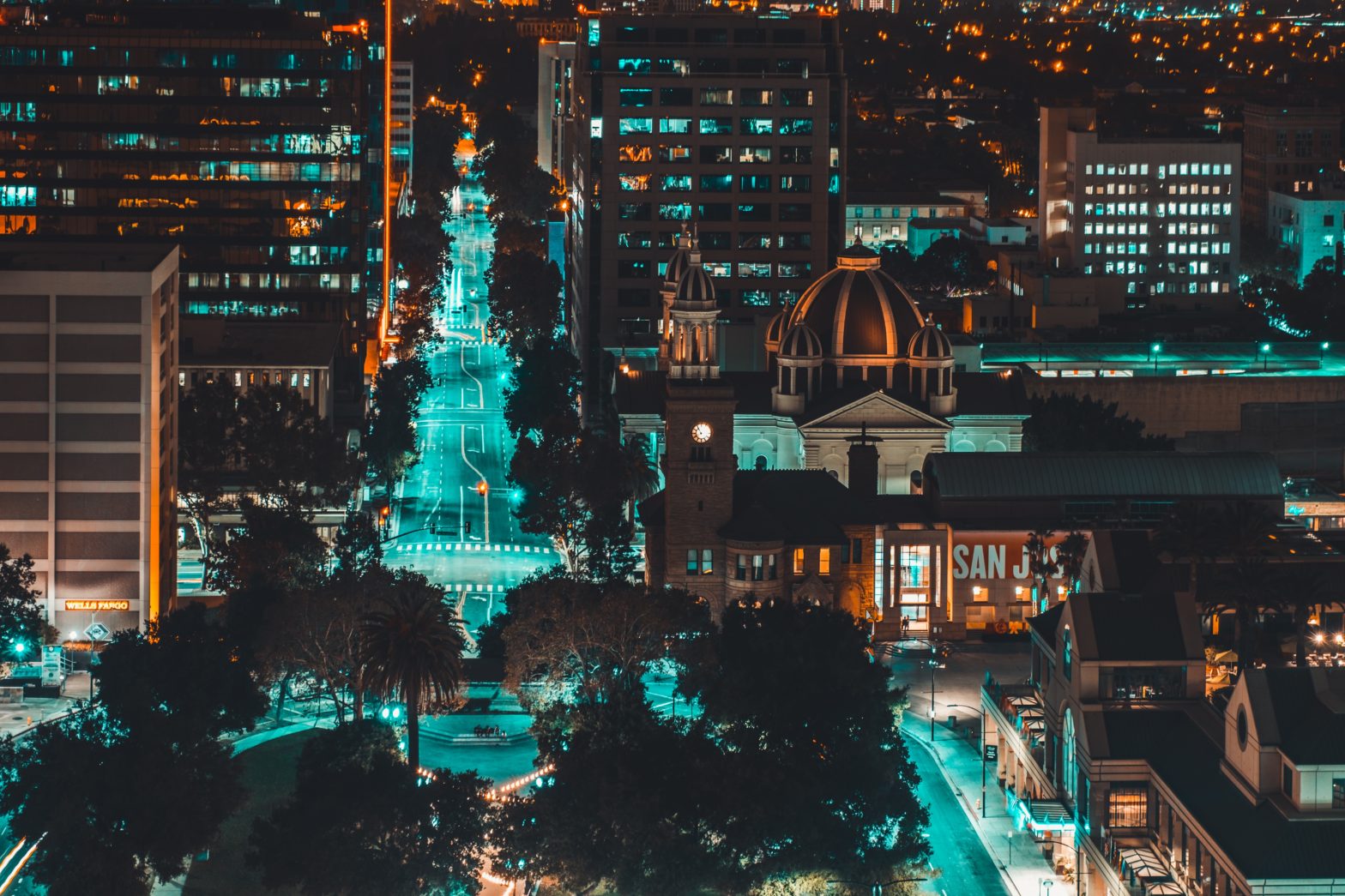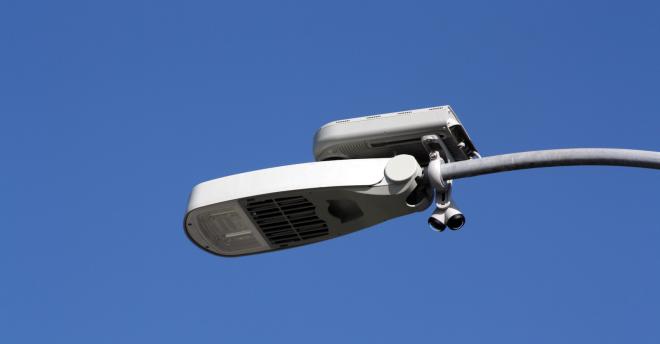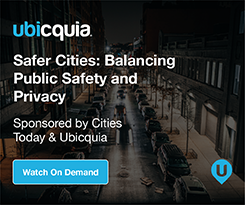
Photo: Panimoni | Dreamstime.com
Balancing public safety and privacy
24 October 2022
Sponsored by: Ubicquia
A new whitepaper outlines how infrastructure upgrades can help cities manage public safety issues while respecting residents’ privacy.
As cities look to recover from the COVID-19 pandemic, they are also addressing concerning knock-on impacts including an increase in crime and a marked uptick in road deaths.
The Council on Criminal Justice’s July 2022 report on the pandemic, social unrest and crime in US cities concludes that “high rates of violent crime and increases in property crime require immediate action from law enforcement and policymakers”.
The study of major US cities found that the homicide rate is 39 percent higher than it was in the first half of 2019, before the pandemic. Aggravated assault and robberies increased in the first half of 2022 compared to the first half of 2021.
Several cities have declared gun violence emergencies and the nation is on high alert in the wake of tragic school shootings.
Road safety
Worrying patterns have also been observed on roads. In 2021, almost 43,000 people were killed in motor vehicle crashes in the US, the highest number in 16 years. The 10.5 percent jump over 2020 numbers was the largest percentage increase since the National Highway Traffic Safety Administration began its fatality data collection system in 1975.
Several factors have influenced these increases, meaning that a multifaceted approach is needed to tackle them, including public health and social interventions. Technology can also form part of the solution with cities deploying tools such as sensors, lighting, cameras and artificial intelligence (AI) as part of holistic public safety strategies.
Thanks to increased federal funding, many US cities find themselves in a stronger financial position to make long-awaited infrastructure upgrades, and the Biden administration has been vocal on the need to address safety issues. To make the most of their investment, taking an integrated approach enables cities to save money, labor and resources and to avoid visual clutter on streets.
That’s why leveraging existing infrastructure such as streetlighting as a multifunctional platform for public safety tools and other applications is a growing trend.

Joseph Friedman, Director of Product Management at technology company Ubicquia, said: “Normally if cities want to put a camera, license plate recognition camera or sensor up, they need to get a permit, have a pole installed and run power to that pole. It’s expensive and time-consuming. Using plug-and-play streetlight systems enables a very quick deployment in a much more aesthetically pleasing footprint.”
Transparency
There are over 40 million streetlights in the US, presenting many opportunities. LED and connected streetlights can save cities as much as 80 percent in energy costs, freeing up funding for other areas including safety
The use of technologies such as sensors and cameras can also raise privacy concerns – this is prompting new best practices for transparency, including resident engagement and the creation of dedicated policies and oversight boards.
Download the whitepaper to find out more
Watch the webinar on-demand here









